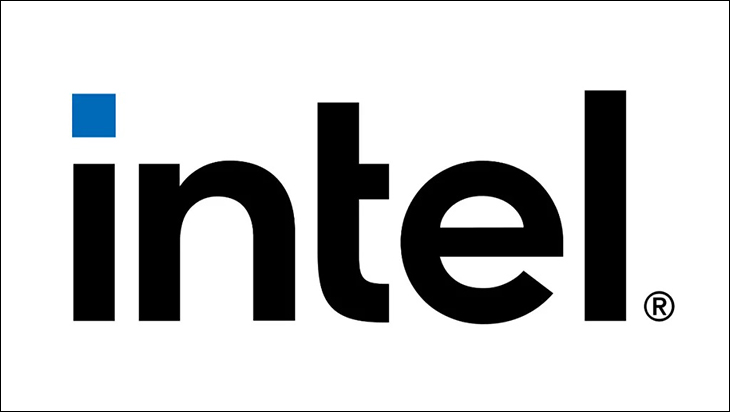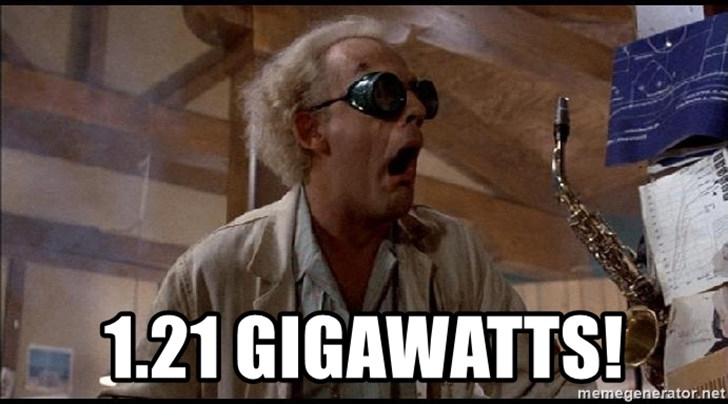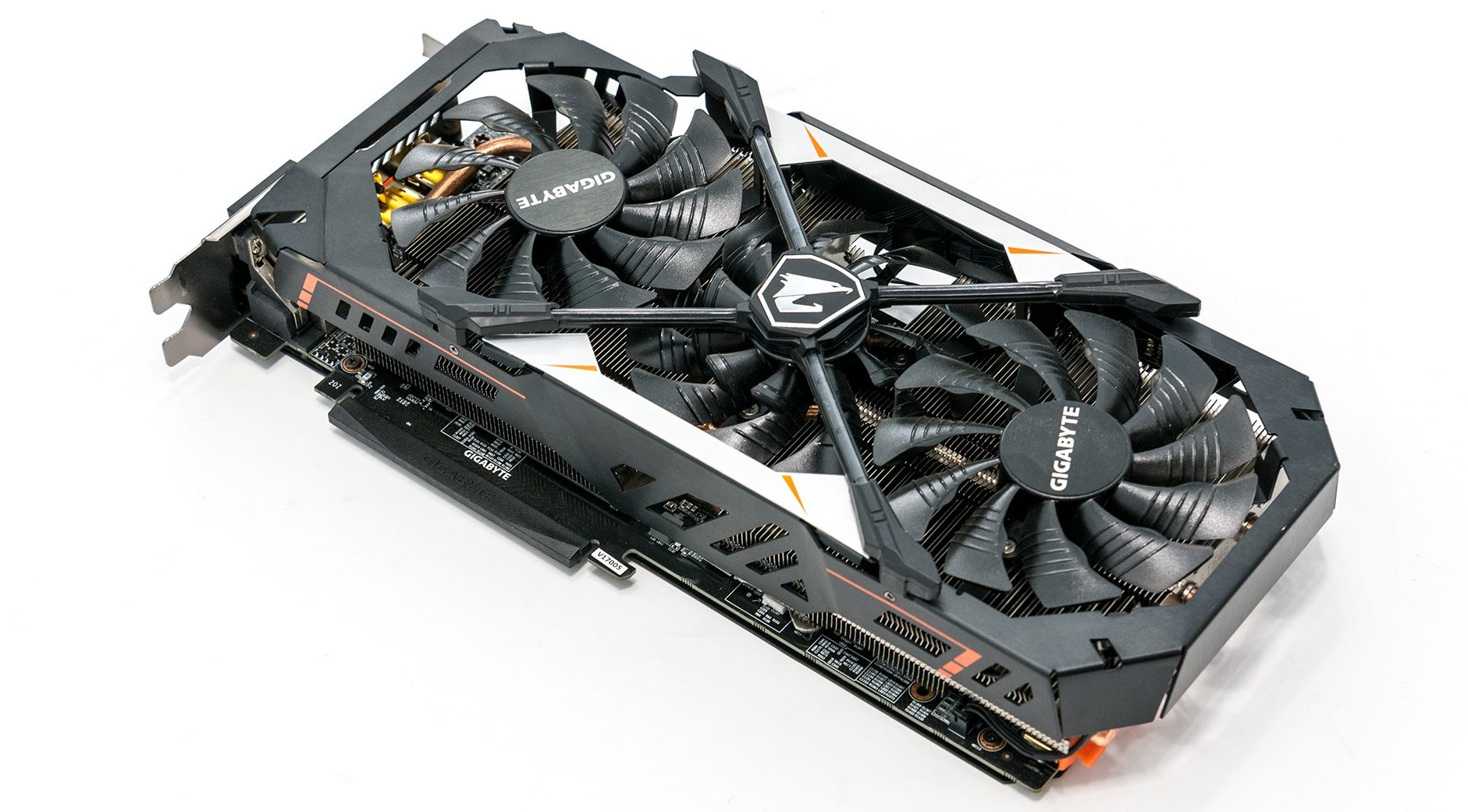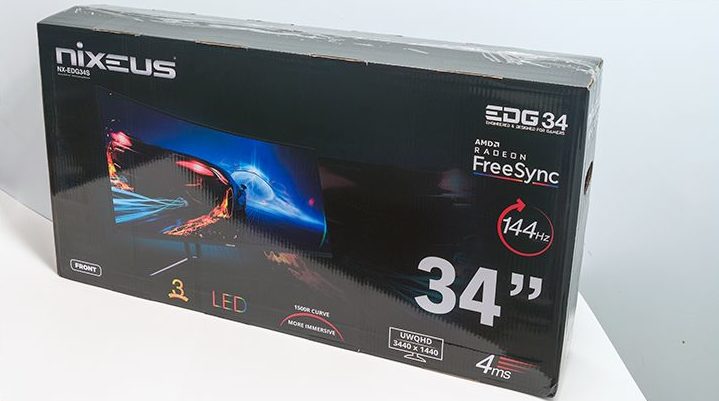As with previous generations we like to start with two caveats. The first is that few ‘home consumer’ orientated applications are optimally multi-threaded enabled. It is getting better, but few home users will ever harness the full power of what Intel and AMD are offering in their latest generation of consumer desktop line of processors. Furthermore, those buyers who do use optimized applications enough to justify picking their processor based on time saved… is only moderate in size. Those that can, have already moved on to ‘true’ workstation class processors. The second caveat is we are not really the intended target for ‘consumer’ orientated CPUs. Our typical usage patterns / scenarios not only can, but typically do, max out workstation / HEDT / etc. processors.
With the new Intel 13th generation (and to a certain extent AMD Ryzen 7000-series)… that second caveat is starting to become less and less fixed in stone. While they will never replace our AMD ThreadRipper Pro 5975WX based system, nor our Intel Xeon W-3365 based system, this new generation of processors is firmly into what was once called ‘entry level’ HEDT territory… and yet offers insanely high PC gaming performance as well.

AMD is well aware of the fact that once you start offering consumer CPUs with cores numbering into the twenties that those ‘home’ CPUs are going to start stealing sales from ‘true’ HEDT processors – processors which have significantly more ‘profitonium’ baked in. This reduction in profit is why AMD has once again refused to push past 16 cores for their home user ‘Ryzen 9’ series. Unlike AMD, Intel is not purposely handicapping their Core-I series of processors. Instead, they are willing to offer up extremely high core count processors that arguably are overkill for home users. Make no mistake, while prosumers should think long and hard about a ‘consumer’ orientated CPU before pulling the trigger on a 32(or more) core ‘HEDT’ class processor, professionals still should be looking at true HEDT and/or ‘workstation’ processors. There is no replacement for displacement and in this arena the big boy cores still reign supreme. Especially given the whole dual vs. quad (or even octo) channel memory controllers that go along with big boy prices of HEDT (which to be fair are a bargain compared to ‘workstation’ CPUs).
Furthermore, unlike in past generations, AMD’s core home architecture no longer reigns uncontested. There are now three key areas AMD has lost their ‘lead’… and in fact an argument could be made that Intel is now at parity and sometimes even superior. Almost as if AMD heard all the criticisms leveled against Intel and went “here, hold my beer”. Before we begin, we think all three of these talking points were overblown and are still being overblown. On their own they do not, and did not, mean much outside of a few key, if niche, scenarios. They however are three areas AMD fans could point to that ‘their’ team had a distinct advantage… in previous generations. In no particular order they are heat, noise, and power consumption.
 (image courtesy of KC Green of gunshowcomic.com)
(image courtesy of KC Green of gunshowcomic.com)
Yes. Heat and noise are now non-starters for picking team red over team blue. Team red ramp up core frequencies until it hits 95c… and stays there. This is the default behavior. It is by design. Yes. AMD wants their CPU silicon to run at 95C when under any sustained load above “idle”. Regardless of what AMD claims… we have definite opinions on how this is going to impact performance longevity, and phrases that include reference to ten foot poles and/or inquiries into the engineer’s mental health abound. Regardless of our personal opinions, and excluding future “known unknowns” from the equation, what this new (normal) default behavior means is that no matter what you run as a cooling solution the motherboard and / or cooler software is going to crank the fans to max… and they are going to stay there. It no longer matters if it is a dinky 80mm low profile cooler, a mighty 420AIO, or even a dual/quad/“I use a swimming pool as my radiator” custom water loop. The fans are going to max out. The only change will be the frequency of the cores as they degrade… err… “happily” run at 95c until the task is complete. Intel on the other hand is not much better with their ‘beast mode’ 350 watt option that also pulls out all the stops. However. That is an overclocking setting. Not the default behavior. At stock the i9 13900K will not actively seek out 95C before stopping its automatic overclocking. Instead, just as with previous generations there are hard and fast (sane) limits at stock frequencies. So, if your new Intel system is too loud or too hot… replacing with a more powerful/bigger cooling solution will result in a quieter system. With AMD it will not. As such Intel owners will have a system with a much easier to tune noise profile.

Furthermore, Intel now consume noticeably less power in more mundane scenarios. Scenarios where those (up to) sixteen e-cores can take over and handle the load. Yes. These e-cores are now making a noticeable impact and making a noticeable difference. Put bluntly. They can allow a system to run noticeably cooler, quieter, than AMDs. Once again, we do not think many should make their final decision based on heat output, and lesser extent noise output, but by the same token a more well-behaved system is a nice bonus. A nice bonus that is now a (f-bomb)-ton easier to accomplish with Intel than with AMD. This will impact the decision-making process of system builders who do not want to deal with the headache of trying to explain to their buyers why “yes that is normal” and “yes, it is supposed to do that” and even “yes, your system is running slower than you think it should be as we had to turn on Eco mode so the fans run at this side of a buzzsaw”. This goes double for system builders with a reputation for low noise builds – and heaven help Small Form-Factor builders.

Power consumption is also a non-starter for picking team red over team blue. At ~250 watts (with proper AIO cooling) a 7950X consumes over twice the power than the 5950X consumed/consumes (~120’ish). It eats more power than 3900-series ThreadRipper processors – including the mighty 64 core variant. It gobbles down about the same as an Intel Core i9-10900K. You know, the CPU than AMD fanbois were poo-pooing as being too hot, too power hungry, and too loud? Yes. That one. Welcome to the new normal. Where clown shoes are no longer optional and instead are mandatory for rabid fanbois of all stripes and colors. This seemingly panic induced response from AMD is because Intel now has parity to AMD in total number of threads, superiority in total core count… and godly high stock frequencies that AMD. Still. Can. Not. Match.
Speaking of frequencies, we (once again) think that 95 percent of the buying public will be happy with both companies’ offerings from a performance point of view. Blindly throw a dart at a dart board and the resulting ‘winner’ will satisfy their needs. In single and even dual active threads both team’s best CPU’s are godly fast – 5.8 vs 5.7(ish) is too close to call. Especially when the IPC of each team’s (p)cores are in a virtual dead heat in a majority of scenarios. However… with all that said… in the critical 3 to 8 active thread scenarios Intel is faster. Intel 13900K chugs along at 5.4Ghz on its eight. The little i5 runs at 5.1Ghz on its 6. AMD’s biggest runs at about 5Ghz. That is the freedom of having fewer high-performance cores mixed with power sipping efficiency-cores.
In heavily multi-threaded scenarios, there is no apples-to-apples comparison on a frequency basis. It is AMD apples vs. Intel apples + Intel oranges. Intel’s e-cores run in the 4.3GHz range (i9, i5 it is ~3.9GHz). Total horsepower however is comparable. Yes. The e-cores are not comparable to AMD’s Zen 4 cores. They do not need to be. With (up to) sixteen of them they only need to be better than 50% of a Zen 4 core. They are. It takes about 1.9’ish of them to match an AMD Zen 4 core. Thus, giving a slight to moderate advantage to Intel on the i9 (“16.5” vs. 16) and a major advantage to intel with the i5 (10’ish vs. R7’s eight or R5’s six).
Yes. The Intel 13th generation really is HEDT-lite done darn near right. With (up to) 24 ‘real’ cores it actually is to the point where HyperThreading can be considered a bit of a detriment, and for many home users we would recommend turning it off… as HT performance of an Intel p-core is not as good (in many scenarios) as what an e-core can do. Yes. There are exceptions… but in all but the most heavily of optimized multi-threaded enabled programs said programs have problems fully harnessing more than 24 threads (and in some cases there is a point of diminishing returns at the 20 thread point). As such, buyers may want to try with HT off and on… and decide which is optimal for their work loads. Once again this is Intel’s investment in big.LITTLE starting to pay major dividends.
With a slight edge in cooling for Intel; a slight edge in heat output; and a slight edge for Intel in noise (albeit neither red nor blue are optimal for silentPC builds) this leaves secondaries like motherboards, Southbridge/PCH and even memory to consider. Yes… the ‘platform’ should be a major consideration for most buyers this generation. Right now, DDR5 is expensive. It is getting better. The price will continue to get better. It however will be another generation (or two) before DDR5 can be considered ‘worth it’ for the average buyer… as DDR5-5600 is going to be like what DDR4-2666 was last gen – “good enough” but slow versus “DDR4-3200+” sticks. So yes. Most people are going to upgrade their RAM when it comes time to replace their (now) new build 3 to 5 years from now. This is important because right now, AMD has dropped support for DDR4 while Intel has not. As such, if you want a value option that allows you to reuse your 32/64/128GB of “good enough” DDR4 RAM… Intel is the clear and decisive winner (especially if you pair it with this gen’s MSI Pro Z790-A DDR4).
With AMD Ryzen 7000 series requiring a new socket and thus new motherboard an argument can also be made that Intel is the better value option. Especially for anyone looking for a drop-in replacement for their 12th generation CPU …or simply wanting to pick up a cheaper “last generation” (Z690) motherboard. This however is a niche of a niche. Right now, the best rumors for Intel 14th generation CPUs state that it will require a new (2551 pins!) socket. Two gens is pretty much par for the course with Intel (and “nicely” aligns with their Tick/Tock cycles). Meaning that 13th Generation CPUs are the last to be supported on your existing socket 1700 motherboard. AMD on the other hand likes to keep backwards compatibility for longer than two CPU generations. Typically, AMD does things in 5-year increments. That is about how long AM4 lasted and that is what they are promising for AM5.
Before drawing any conclusions based on just those facts remember sockets are not the same as chipsets. Older motherboards are sometimes not worth the effort of reusing versus buying new. However, some do feel differently and do not mind using a new CPU with an older chipset. For these buyers, in the AM4 product cycle the X470 chipset supported three Zen generations (2 if you do not count “Zen+”). X570 chipset also supported three generations of Zen (once again two if you exclude the half-generation Zen+ release). That is most likely what the existing X670 will also support. As such the difference between Intel (2 gens) and AMD (3 gens) is not as great as some make it out to be. Yes. AMD is superior, but the edge is not that large and disappears if you plan on keeping your existing rig for 5 years.
Make no mistake, AMD does have many things going in their favor. AM5 is at the start and not the end of its cycle, so AM5 + X670 does have a longer lifespan ahead of it. This will change next generation (making it a tossup once again) but right now AMD is a clear choice if you do want to reuse your motherboard for future generational upgrade(s). You just need to be willing to eat the upfront cost of DDR5 RAM (and possibly cooling solution as contrary to AMD claims… AM5 is not entirely backwards compatible). You must also understand that future AMD (and Intel) CPUs will most likely require you to purchase new, faster RAM to fully utilize their baked-in improvements. As such the decision comes down to potential motherboard longevity vs. cost of RAM upgrade. AKA “platform longevity” vs. “up-front cost”. Only you can decide which is best for your needs as there is no perfect answer. Anyone who says otherwise is just guessing at what the future holds and/or are narrowly focused on just their specific needs… and/or fanboi’ing.

This brings us to specifics on CPUs. Let’s start with the HED…t… err… ‘consumer’ Core i9-13900K. At only $589 it is in the catbird seat for this generation and will drive innovation and competition like we have not seen in the consumer market since the introduction of the original AMD Athlon 64 X2. Unlike its predecessor this is a processor which does not have to make an argument based solely on its (relatively) excellent overall value. Instead with its blend of excellent multi-threaded performance with as good to better “PC Gaming” performance it not only competes with AMD’s flagship 7950X it can outcompete it. All while costing over a hundred dollars ($110 to be precise) less. Yes. AMD for the first time in many generations will need a price-cut if they hope to compete with Intel in the high end of the consumer CPU marketplace… and it is about bloody time.

This segues nicely into the actual meat of the Intel 13th generation’s value for consumers. For many, especially in the middle of a world-wide recession, it is hard to justify spending over 5-bills (USD) for a processor. For many… even during an economic boom that is a hard row to hoe. Instead, most home buyers look for a processor in the high $200 to low $300 range. This zone is the “meat and potatoes” of sales for both Intel and AMD. Here Intel’s gains are going to be the greatest over past generations. At $319 the new (and improved) Core i5-13600K is a (AMD) killer deal. With its combination of six p-cores and eight e-cores the price to performance ratio is so heavily weighted in its favor that it all but eliminates any value argument AMD can make for their six-core Ryzen 5… and makes justifying the $399 (8 core) Ryzen 7 7600X extremely difficult. Furthermore, and unlike past generation of i5’s, there is no saving grace for AMD with its existing price structure. Windows 11 is now stable enough to use in the majority of use cases, and those niches where Windows 10 reigns supreme… the cost of Process Lasso still cannot make AMDs overall cost look good enough to dethrone Intel’s i5. Put simply, buyers of 13th generation core-i5’s are getting ‘7’ class performance at ‘5’ class prices. Once again this is all due to Intel out-innovating AMD and their vaunted chiplet design process.










